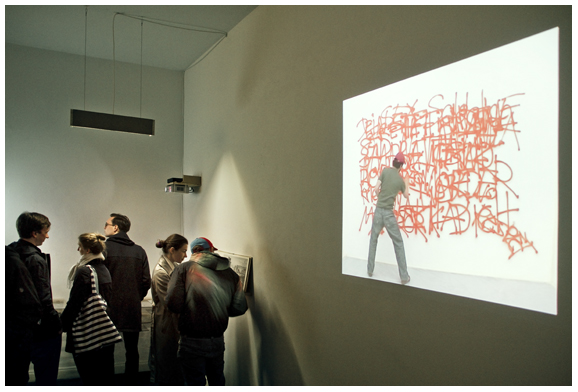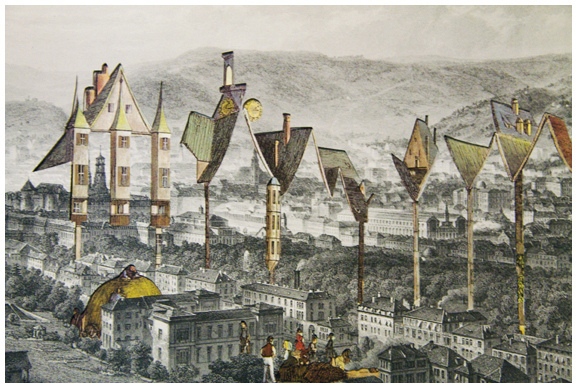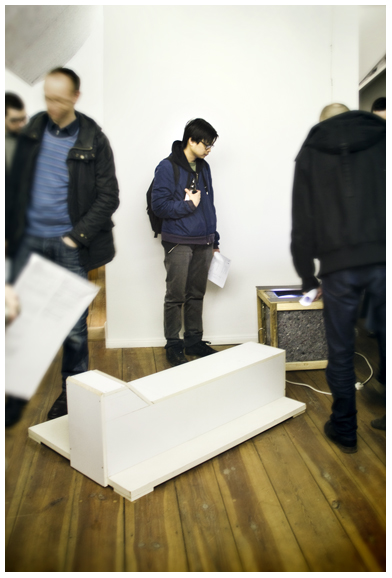X O @ Grimmuseum - Review by Weronika Trojańska
X O @ Grimmuseum - Review by Weronika Trojańska

"Two thirds of what we see is behind our eyes," says Chinese proverb. Does what we see really exist or is it just a creation of our imagination?
It is common knowledge that what we perceive is pretty much what our eyes see and report to our brain. But in fact information provided by eyes reaching the brain are not longer the same as they used to be. The report caught by eyes is changing substantially and in the end what one sees is actually “made up” by brain.

The paradox of seeing what one doesn’t see has become a keynote of the recent exhibition at Grimmuseum – “x o” (13.04 – 13.05.2012). The title and concept of the show refers to the “blind spot” - specific obscuration of visual field located where optic nerve leaves eye. There are no rods or cones so the brain cannot process the image because it is not being sent. The very fact that we can use our minds to conceive something refers to the hypothesis that our brain easily holds the objects under scrutiny.
To try to understand what this might mean on the art field (from both the creator and the recipient) Silvia Ploner and Anna Schäffler have chosen ten artists from different generations and working in various media to use the space of the gallery as a field of peculiar investigations.
One of the main tasks of art is to move our point of perception from outside to inside, reveal what’s hidden. Nowadays culture is extremely visual - we perceive the world through pictures, we think through pictures and very often we are forgetting what is behind them and how important is “the experience”, which can be compared itself to the work of art in a sense of creating – it creates through involvement and interaction.
Works by Benjamin de Burca, Hiwa K., Phanos Kyriacou, Grischa Lichtenberg, Pia Linz, Federico Maddalozzo, Anna Oppermann, Nasan Tur, Kara Uzelman, Jan Vormann take the issue of something that exist within internal mental space rather than in everyday corporal world.
Each single art work is independent, can exist without the others but together they create an oeuvre in the medium of exhibition which in fact is constructed so to unfold its particular layers becomes in a sense a work of art itself. The gallery space has been design as a peculiar labyrinth prompts to explore the various compartments. The tour through it shows the attempt at the bridging the gap between artistic autonomy and thematic basis with respect to the directions of the whole exhibition, which is arranged according to the principle that one surprise will follow the next in a spatial sequence. It cannot be grasped at once. The concept of the “x o” is driven by thoughts lying beyond the visible world and draw the curatorial discourse - how we react and respond to works of art. The overall picture becomes more evident after we have made a complete round of it, in a progression of starts and stops, to return again from the end to the beginning, making the opposite way and rediscover it from a different angle of understanding.

“Blind spot” in art can be something that appears within the material existence of work of art, is its meaning and value, which are located behind the corporal of the body of artwork. Following the words of Harald Szeemann - “the total impression of an exhibition evolves and lives only in our imagination, and it is not immutable”. Have you ever tried to find your blind spot?






